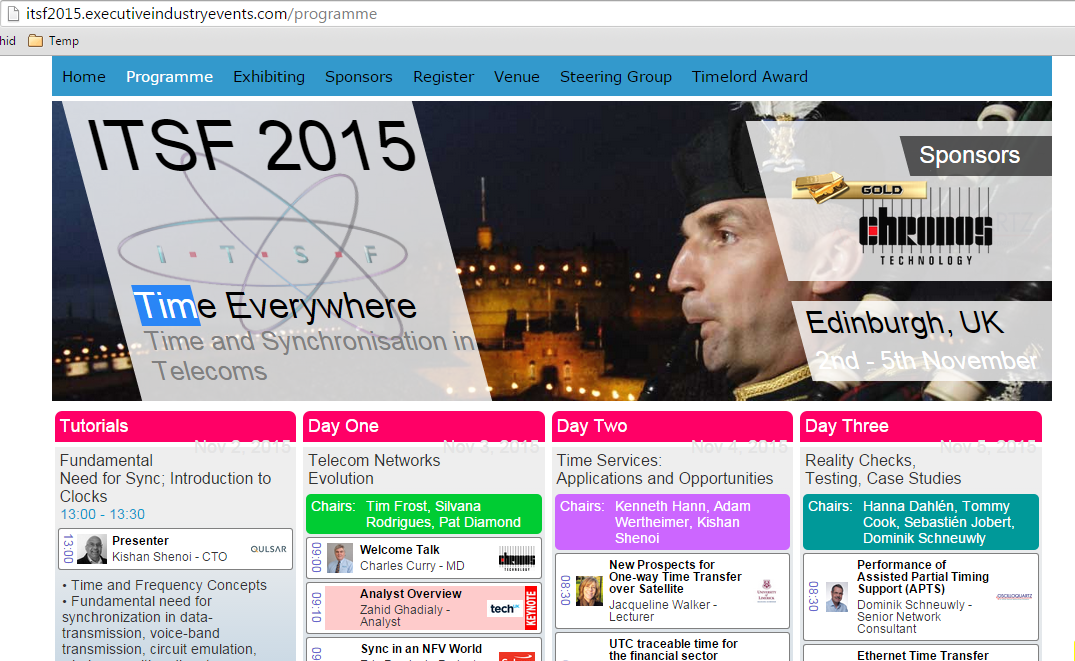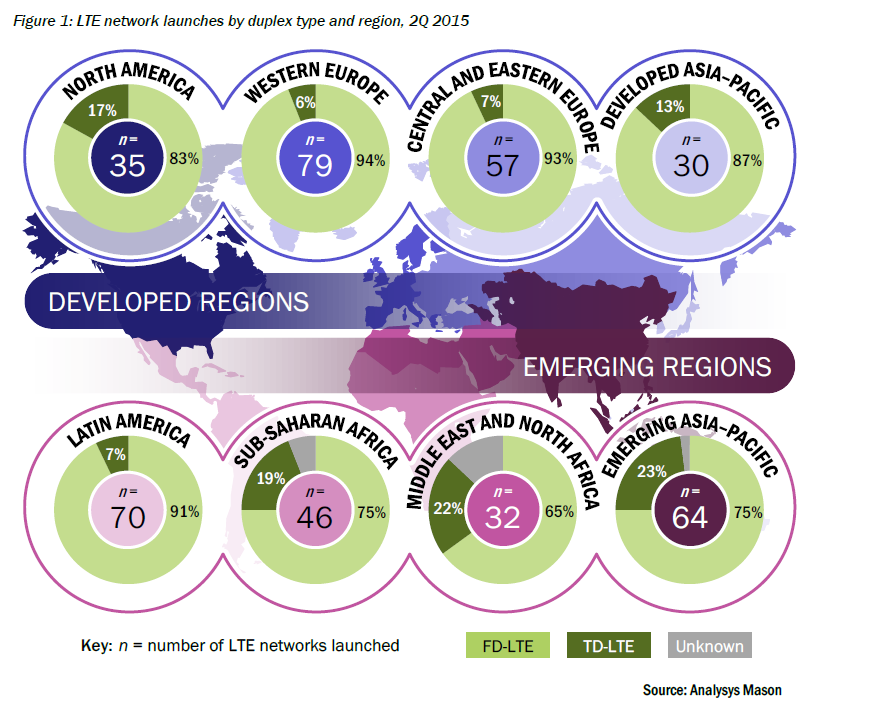Came across this paper from Dec. 2000 recently. Its interesting to see that even back then researchers were thinking about multiple networks that a user can have access to via handovers. Researchers nowadays think about how to access as many networks as possible simultaneously. I call is Multi-stream aggregation (MSA), some others call it Multi-RAT Carrier Aggregation (MCA) and so on.
If we look at the different access technologies, each has its own evolution in the coming years. Some of these are:
There has been an interest in moving on to higher frequencies. These bands can be used for access as well as backhaul. The same applies for most of the access technologies listed above which can work as a backhaul to enable other access technologies.
While planned networks would be commonplace, other topologies like mesh network will gain ground too. Device to device and direct communications will help create ad-hoc networks.
While the current networks are mostly stationary, mobile networks will also become common. Opportunity Driven Multiple Access (ODMA) or Multihop Cellular Networks (MCN) would help devices use other devices to reach their destination. Non-standardised proprietary solutions (for example Firechat) will become common too. Security, Privacy and Trust will play an important role here.
Satellite networks, the truly global connectivity providers will play an important role too. While backhauling the small cells on planes, trains and ships will be an important part of satellite networks, they may be used for access too. Oneweb plans to launch 900 micro satellites to provide high speed global connectivity. While communications at such high frequencies mean that small form factor devices like mobile cant receive the signals easily, connected cars could use the satellite connectivity very well.
Samsung has an idea to provide connectivity through 4,600 satellites to be able to transmit 200GB monthly to 5 Billion people worldwide. While this is very ambitious, its not the only innovative and challenging idea. I am sure we all now about the Google loon. Facebook on the other hand wants to use a solar powered drone (UAV) to offer free internet access services to users who cannot get online.
As I mentioned, security and privacy will be a big challenge for devices being able to connect to multiple access networks and other devices. An often overlooked challenge is the timing and sync between different networks. In an ideal world all these networks would be phase and time synchronised to each other so as not to cause interference but in reality this will be a challenging task, especially with ad-hoc and moing networks.

I will be giving a keynote at the ITSF 2015 in November at Edinburgh. This is a different type of conference that looks at Time and Synchronisation aspects in Telecoms. While I will be providing a generic overview on where the technologies are moving (continuing from my presentation in Phase ready conference), I am looking forward to hearing about these challenges and their solutions in this conference.
Andy Sutton (Principal Network Architect) and Martin Kingston (Principal Designer) with EE have shared some of their thought on this topic which is as follows and available to download here.
If we look at the different access technologies, each has its own evolution in the coming years. Some of these are:
- Fixed/Terrestrial broadband: (A)DSL, Cable, Fiber
- Mobile Broadband: 3G, 4G and soon 5G
- Wireless Broadband: WiFi
- Laser communications
- LiFi or LED based communications
- High frequency sound based communications
Then there could be a combination of multiple technologies working simultaneously. For example:
And the handover has to be seamless between different access technologies. For example:
- Seamless handovers between cellular and WiFi and vice versa.
There has been an interest in moving on to higher frequencies. These bands can be used for access as well as backhaul. The same applies for most of the access technologies listed above which can work as a backhaul to enable other access technologies.
While planned networks would be commonplace, other topologies like mesh network will gain ground too. Device to device and direct communications will help create ad-hoc networks.
While the current networks are mostly stationary, mobile networks will also become common. Opportunity Driven Multiple Access (ODMA) or Multihop Cellular Networks (MCN) would help devices use other devices to reach their destination. Non-standardised proprietary solutions (for example Firechat) will become common too. Security, Privacy and Trust will play an important role here.
Satellite networks, the truly global connectivity providers will play an important role too. While backhauling the small cells on planes, trains and ships will be an important part of satellite networks, they may be used for access too. Oneweb plans to launch 900 micro satellites to provide high speed global connectivity. While communications at such high frequencies mean that small form factor devices like mobile cant receive the signals easily, connected cars could use the satellite connectivity very well.
Samsung has an idea to provide connectivity through 4,600 satellites to be able to transmit 200GB monthly to 5 Billion people worldwide. While this is very ambitious, its not the only innovative and challenging idea. I am sure we all now about the Google loon. Facebook on the other hand wants to use a solar powered drone (UAV) to offer free internet access services to users who cannot get online.
As I mentioned, security and privacy will be a big challenge for devices being able to connect to multiple access networks and other devices. An often overlooked challenge is the timing and sync between different networks. In an ideal world all these networks would be phase and time synchronised to each other so as not to cause interference but in reality this will be a challenging task, especially with ad-hoc and moing networks.

I will be giving a keynote at the ITSF 2015 in November at Edinburgh. This is a different type of conference that looks at Time and Synchronisation aspects in Telecoms. While I will be providing a generic overview on where the technologies are moving (continuing from my presentation in Phase ready conference), I am looking forward to hearing about these challenges and their solutions in this conference.
Andy Sutton (Principal Network Architect) and Martin Kingston (Principal Designer) with EE have shared some of their thought on this topic which is as follows and available to download here.

















